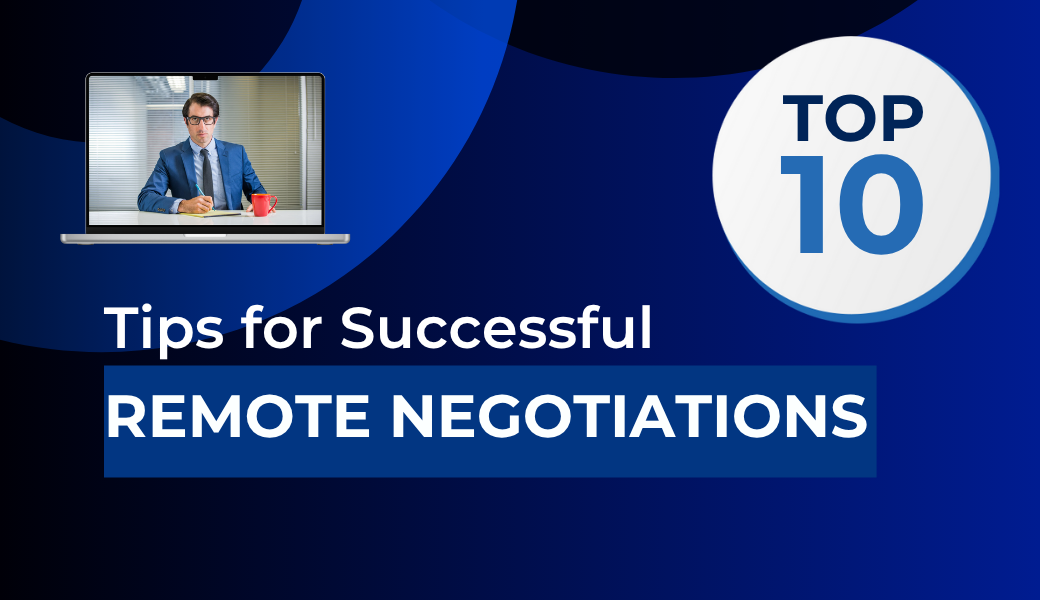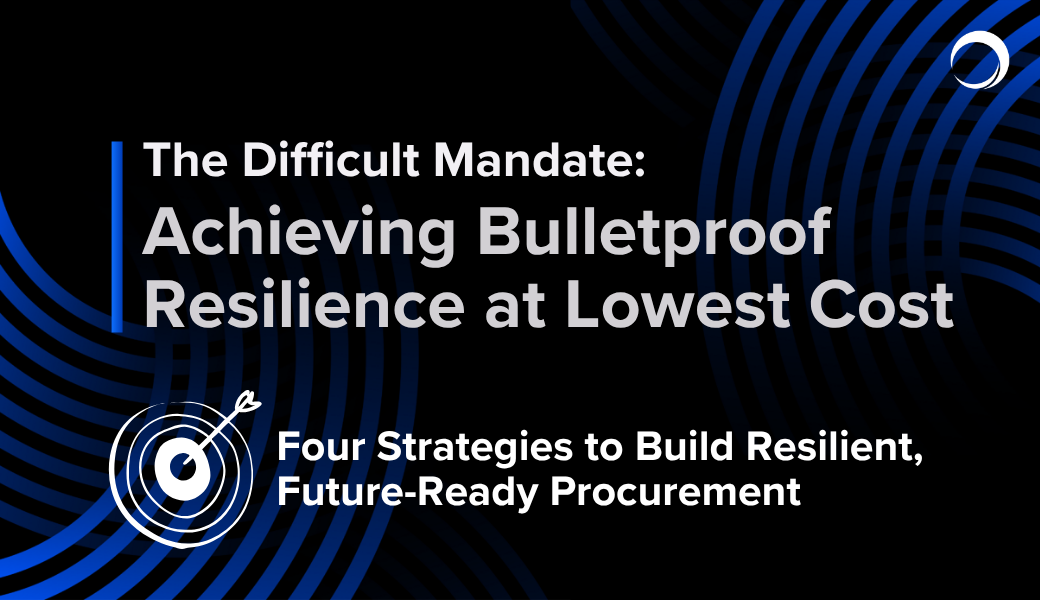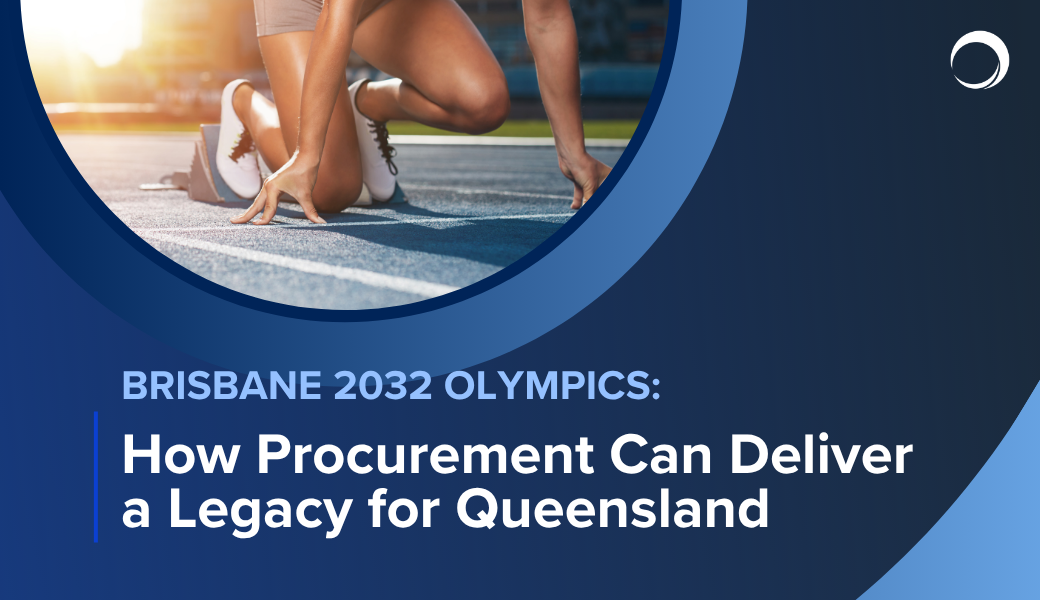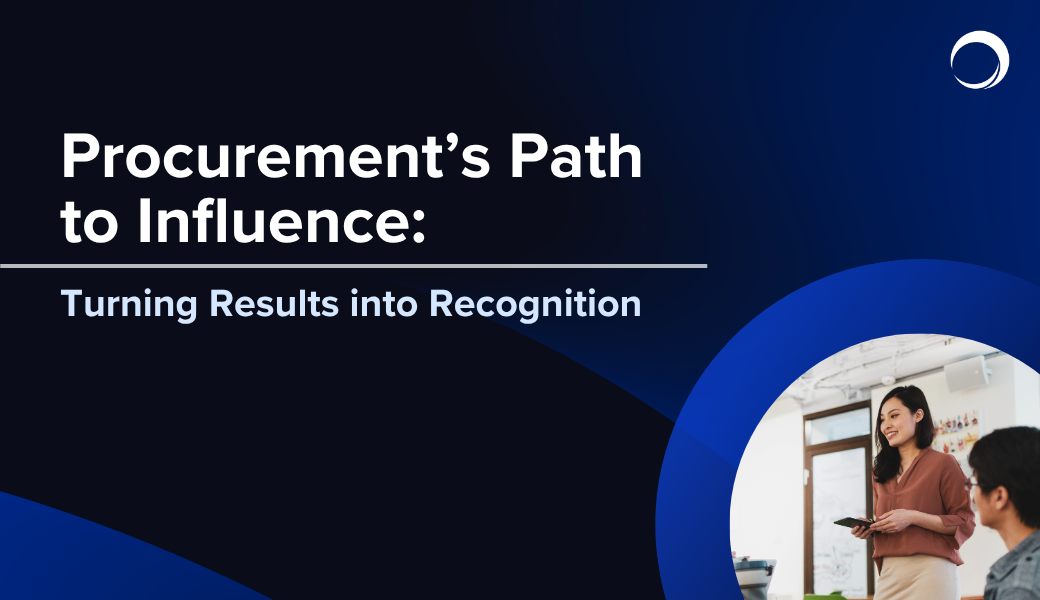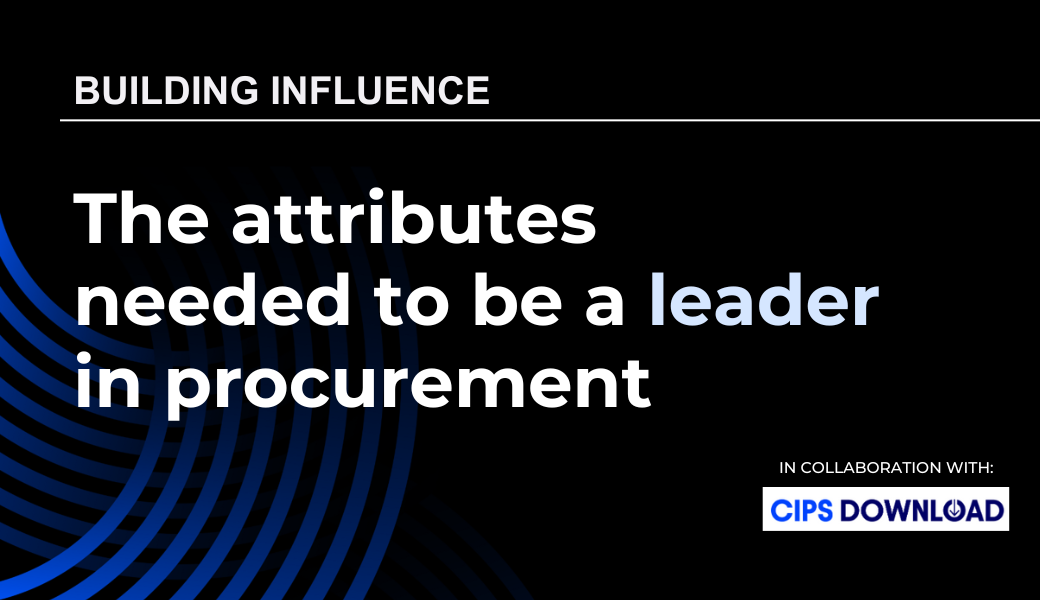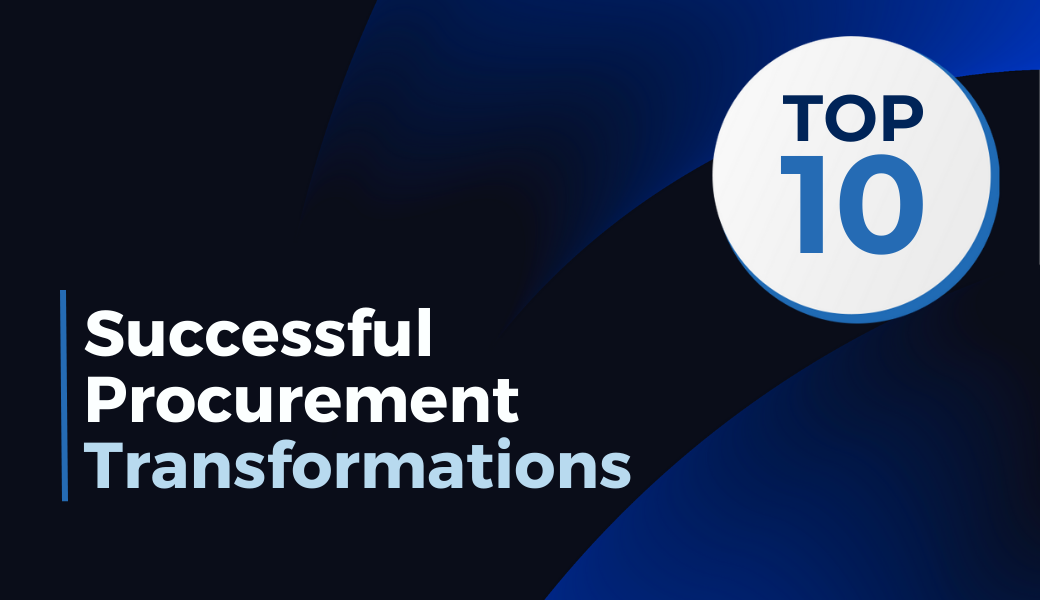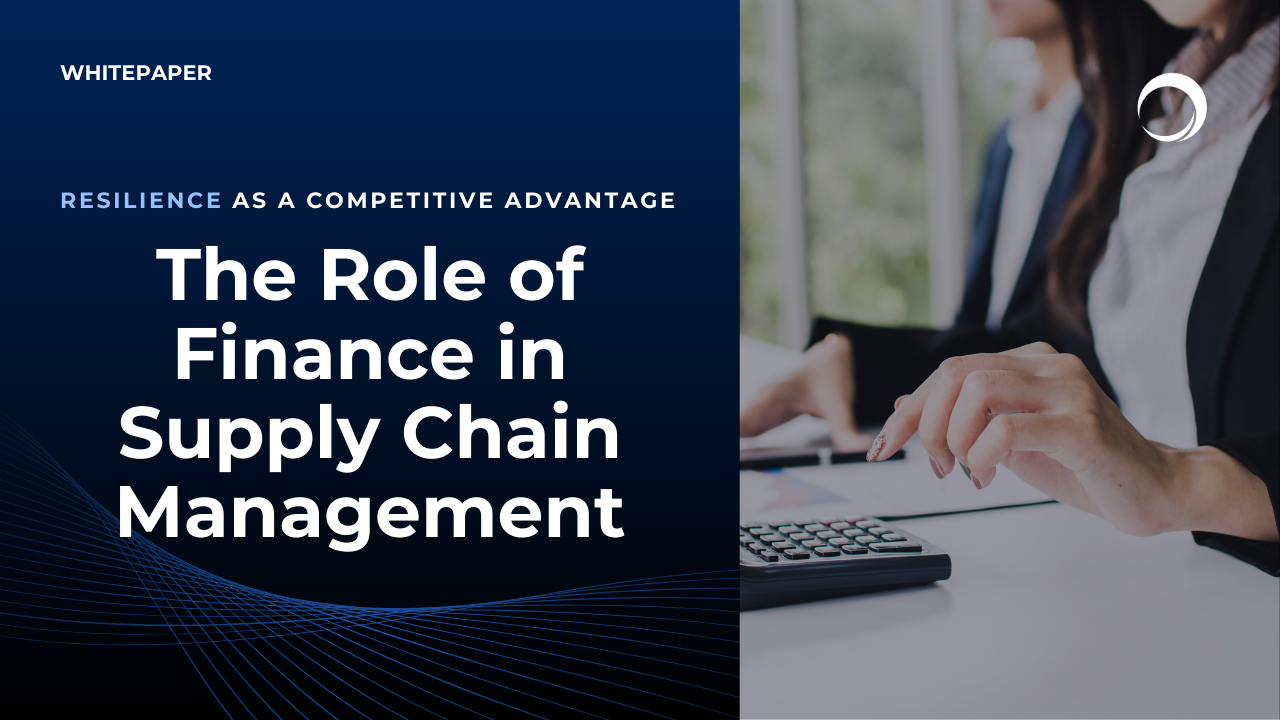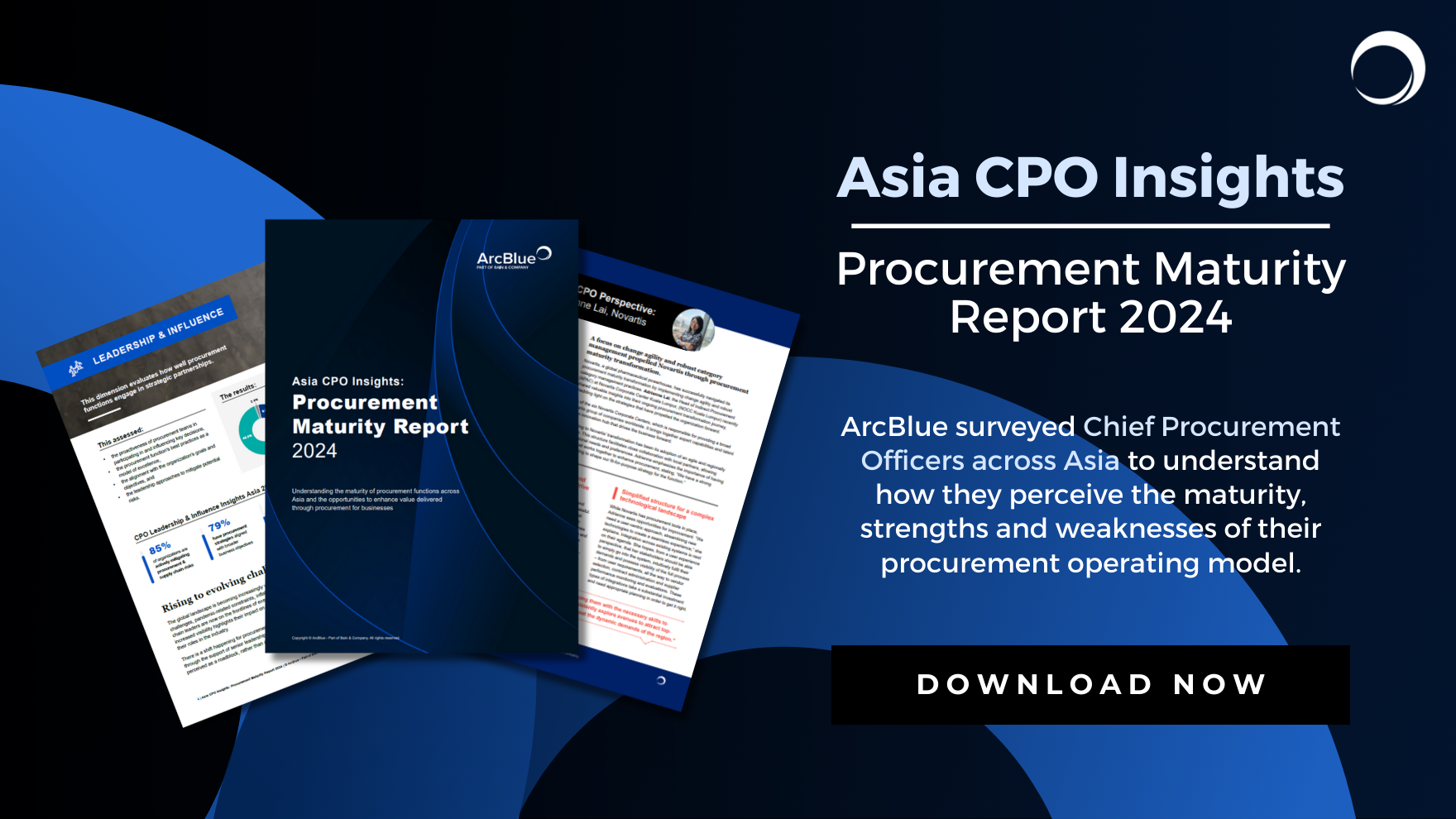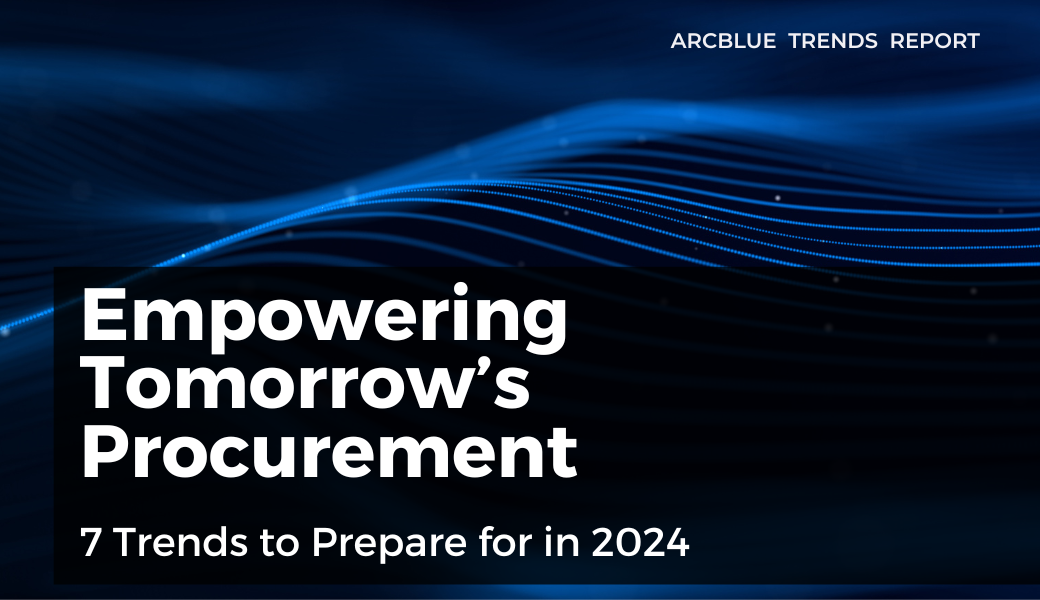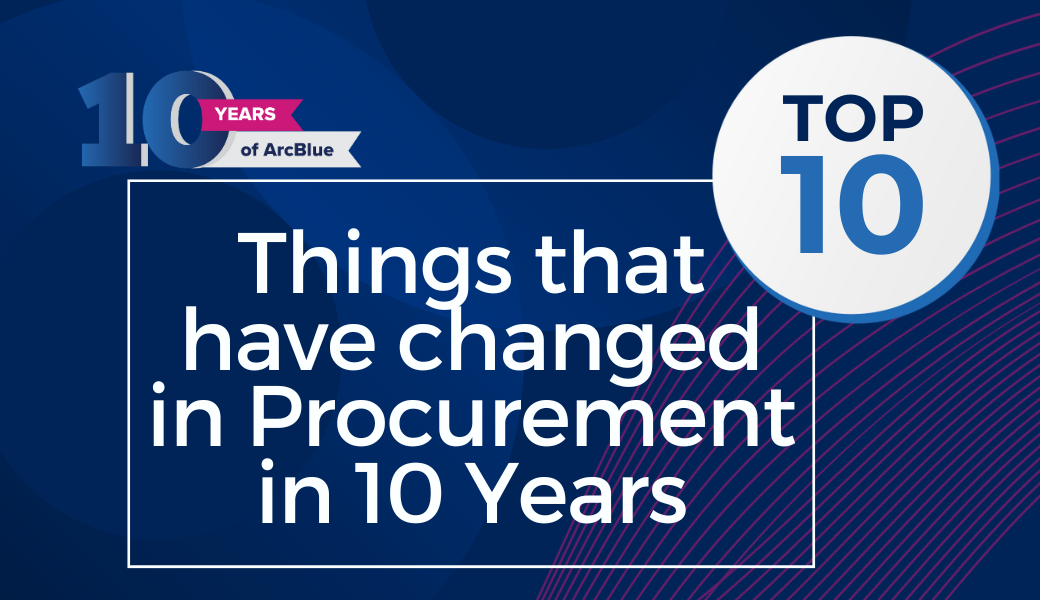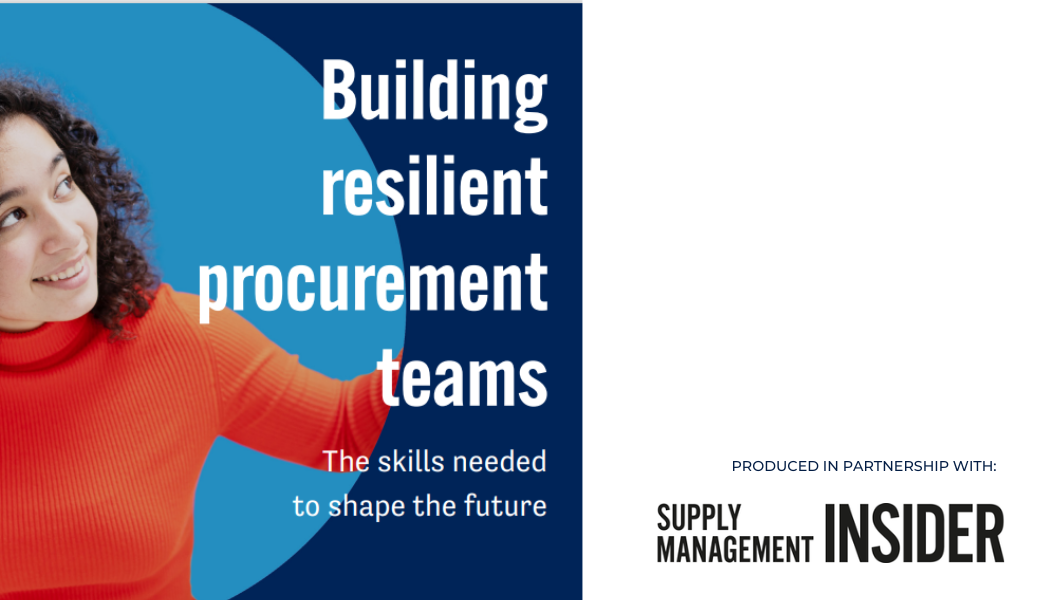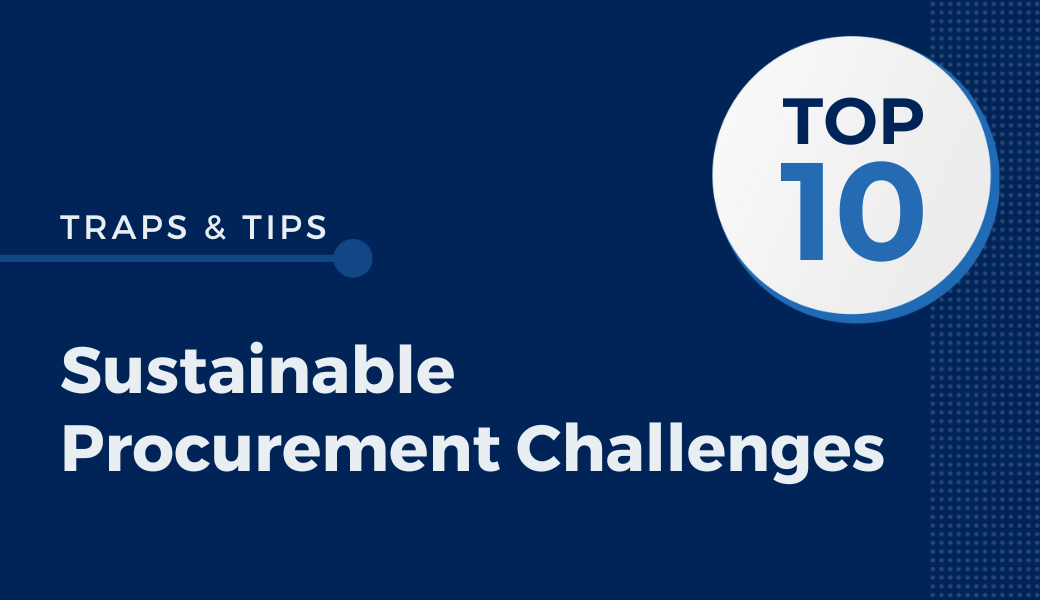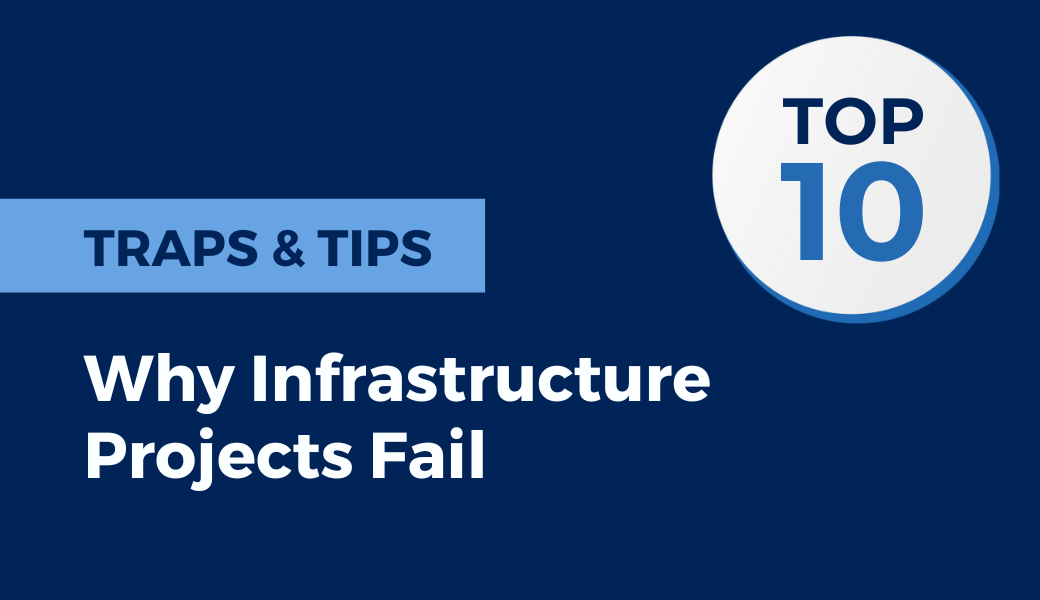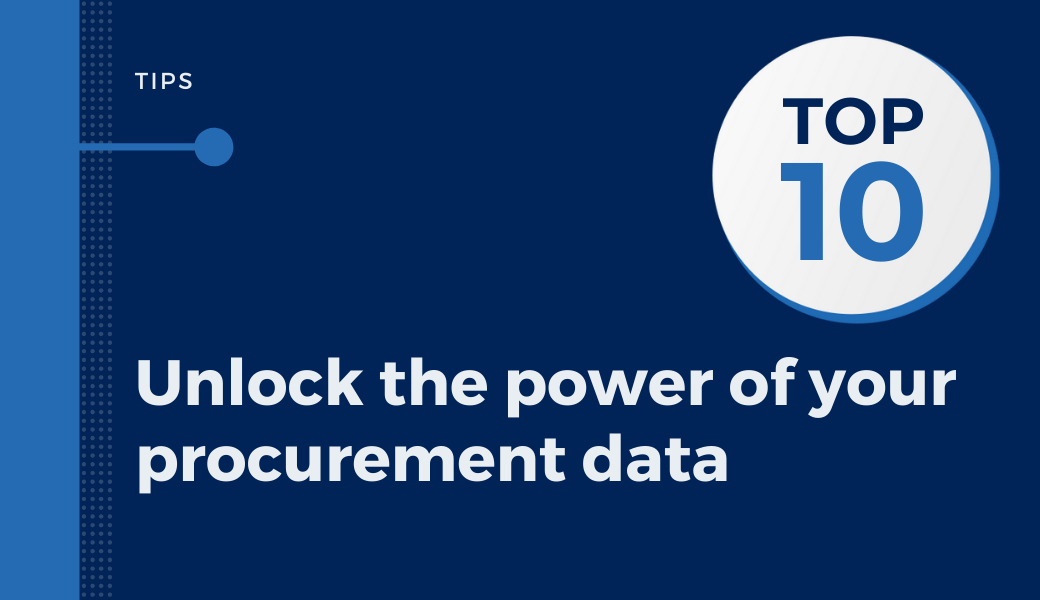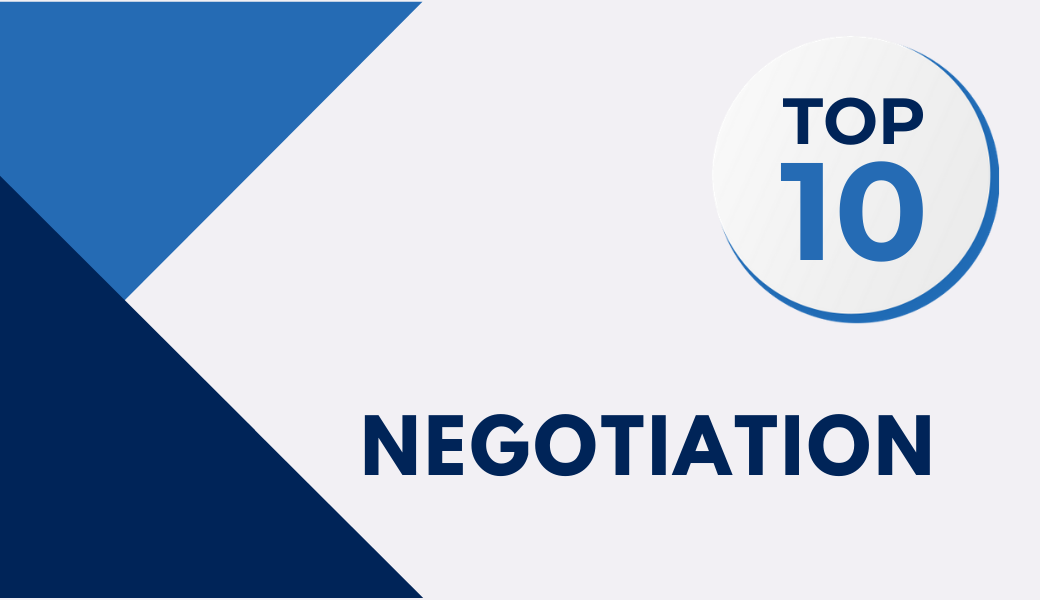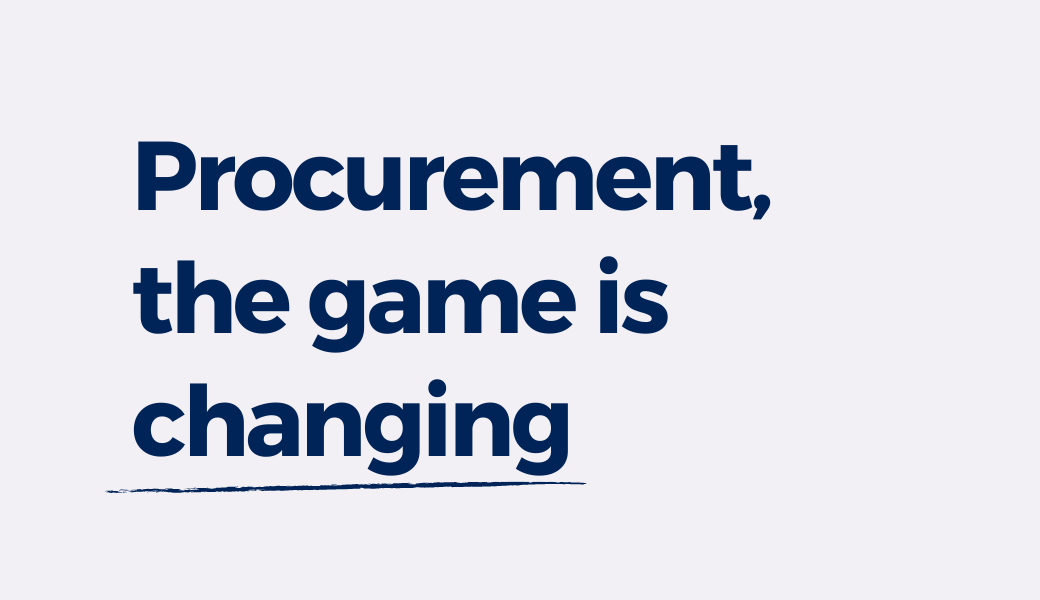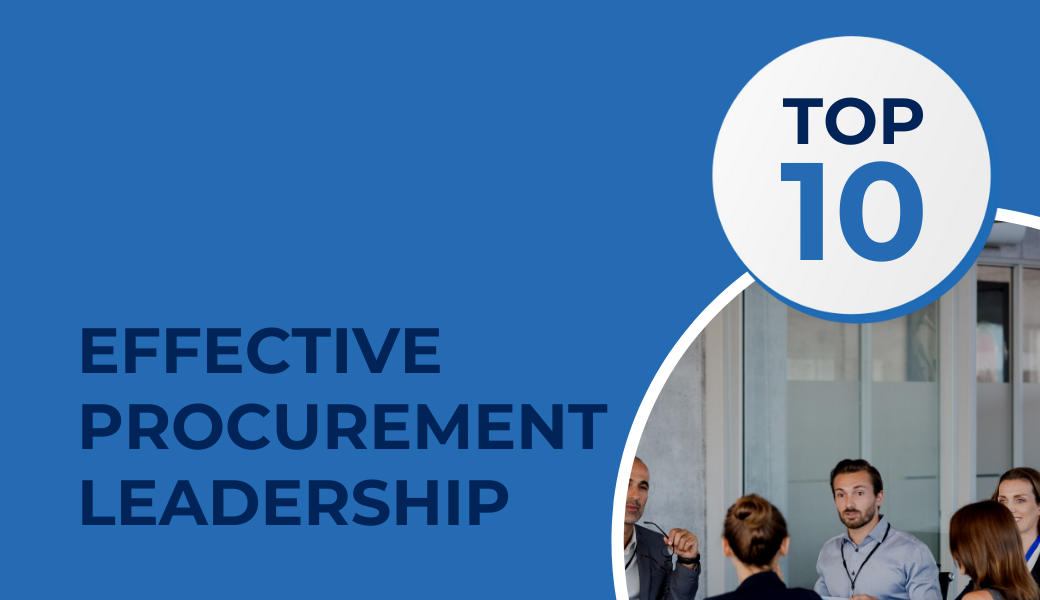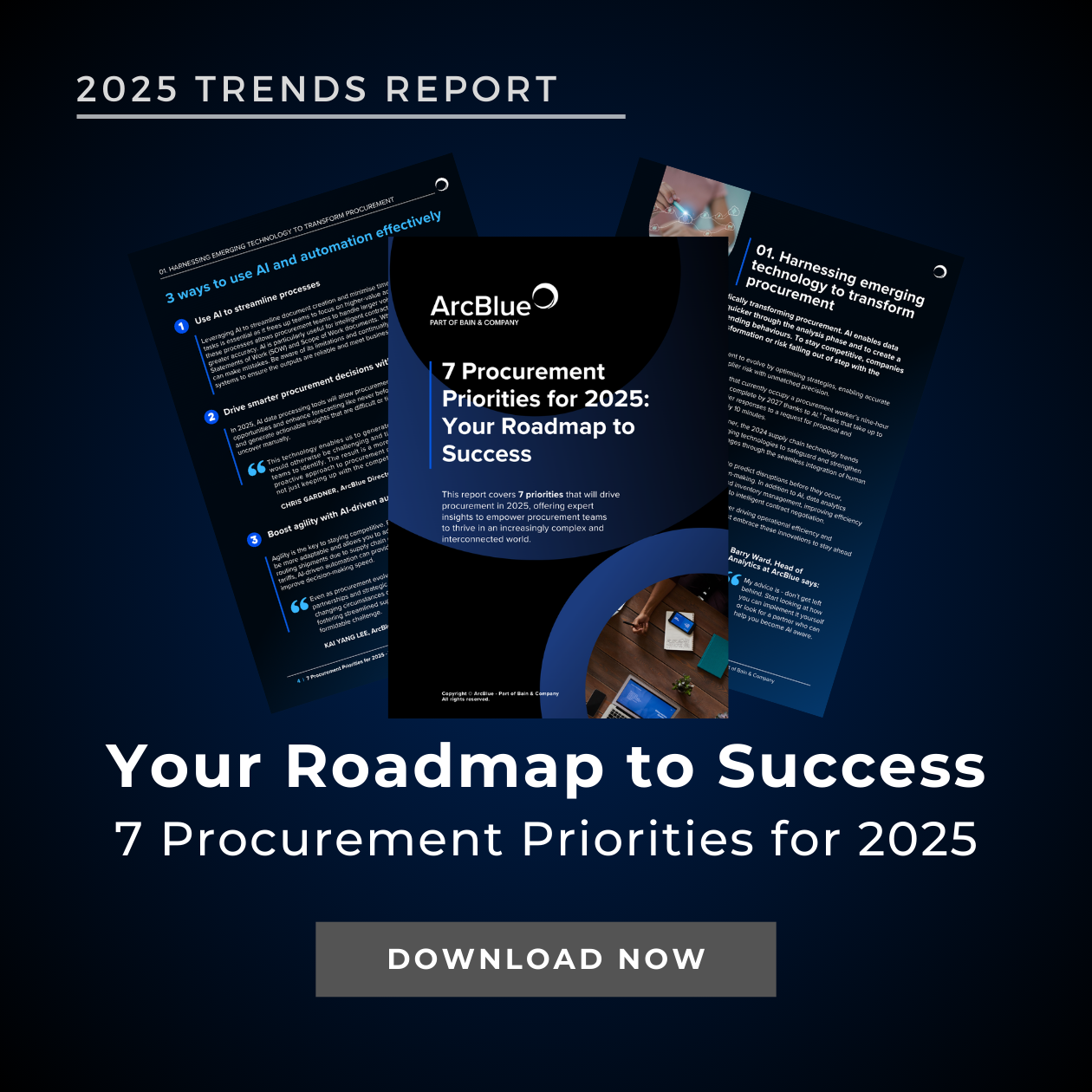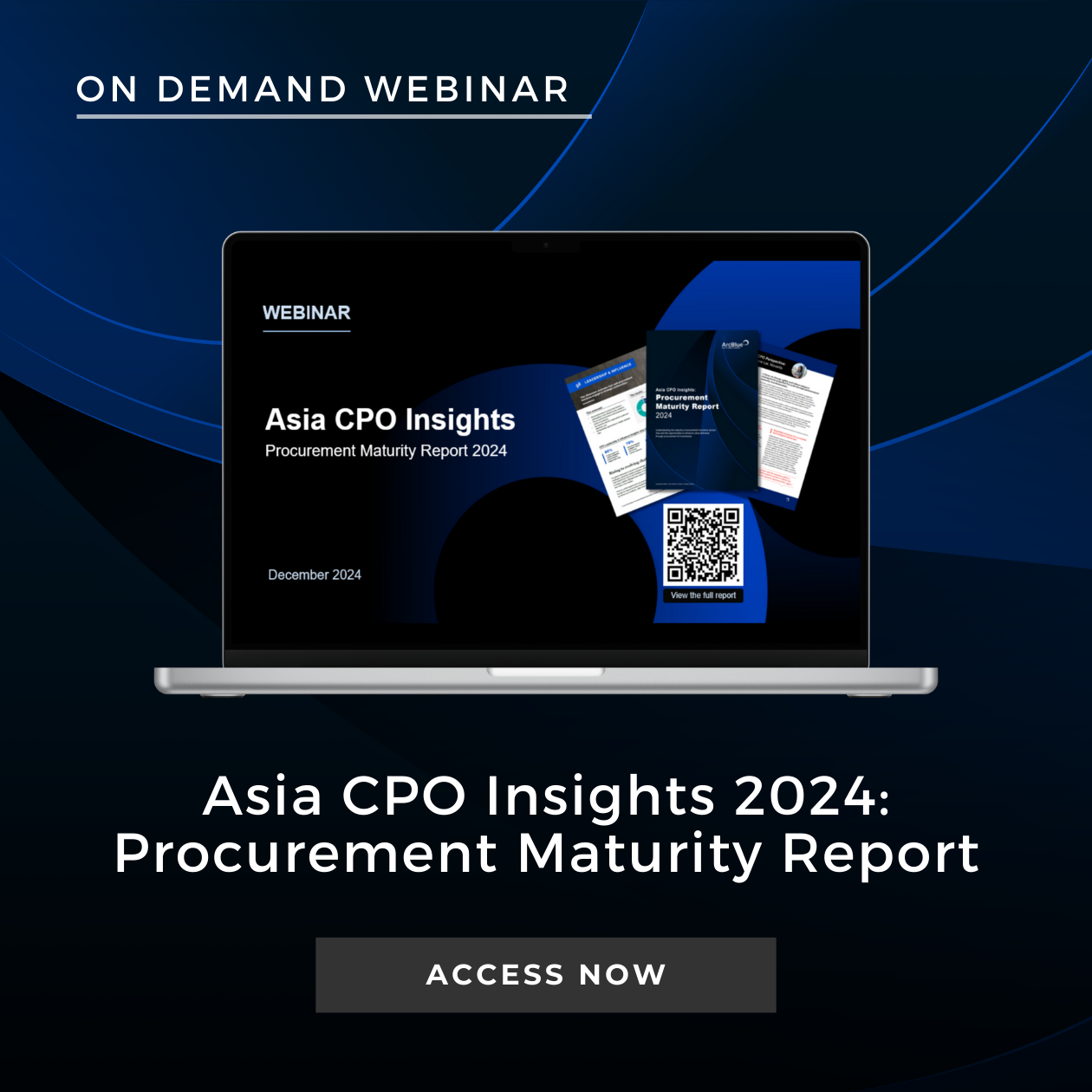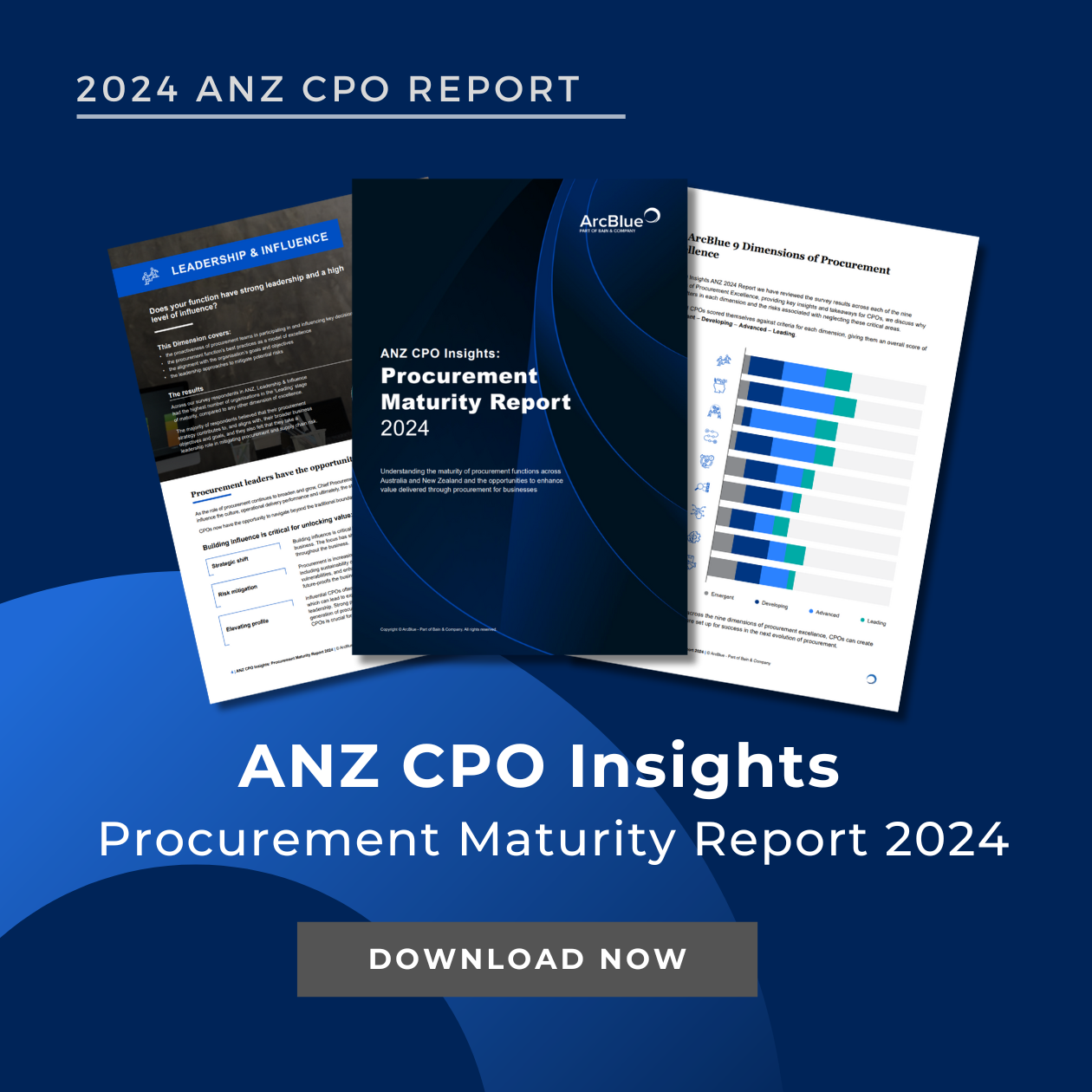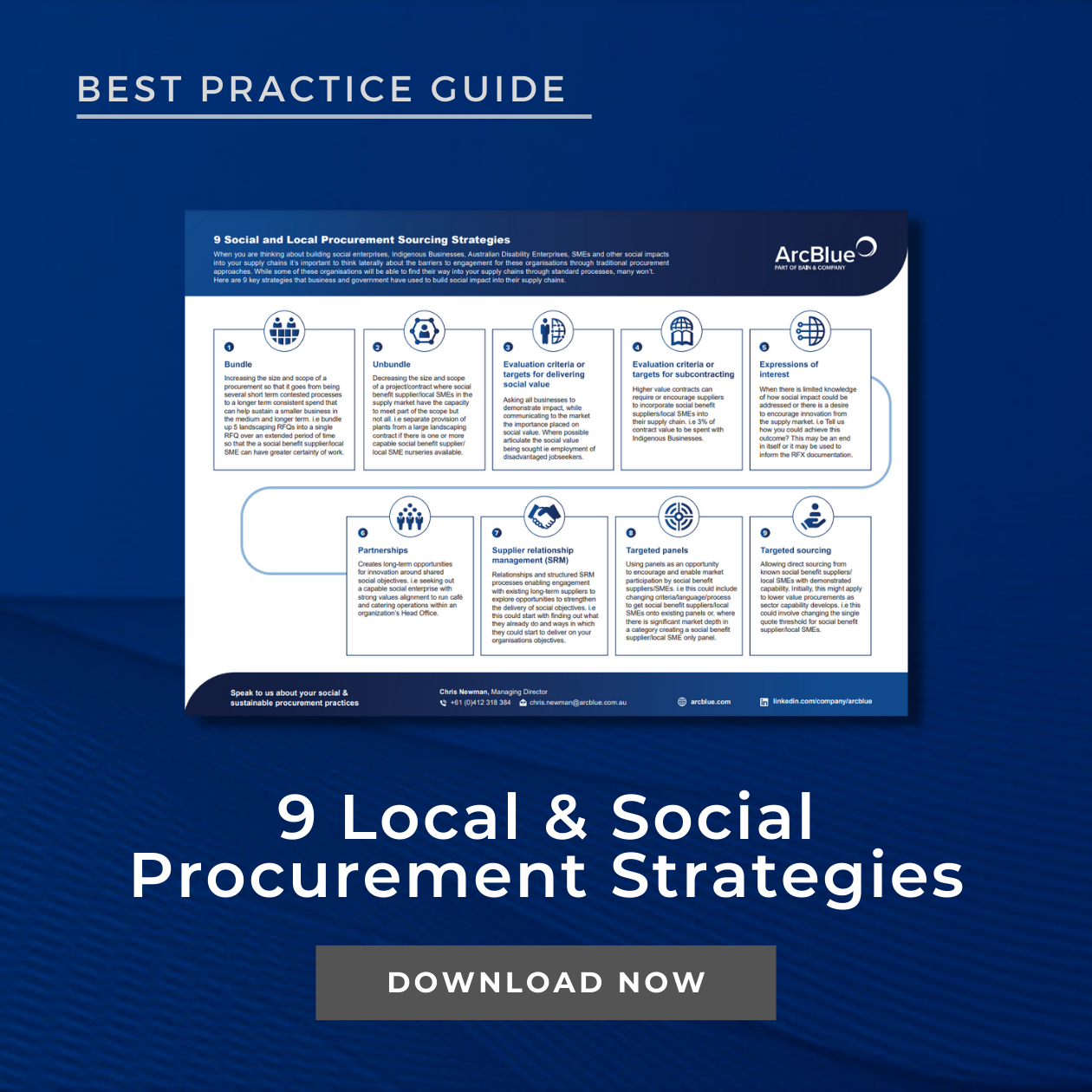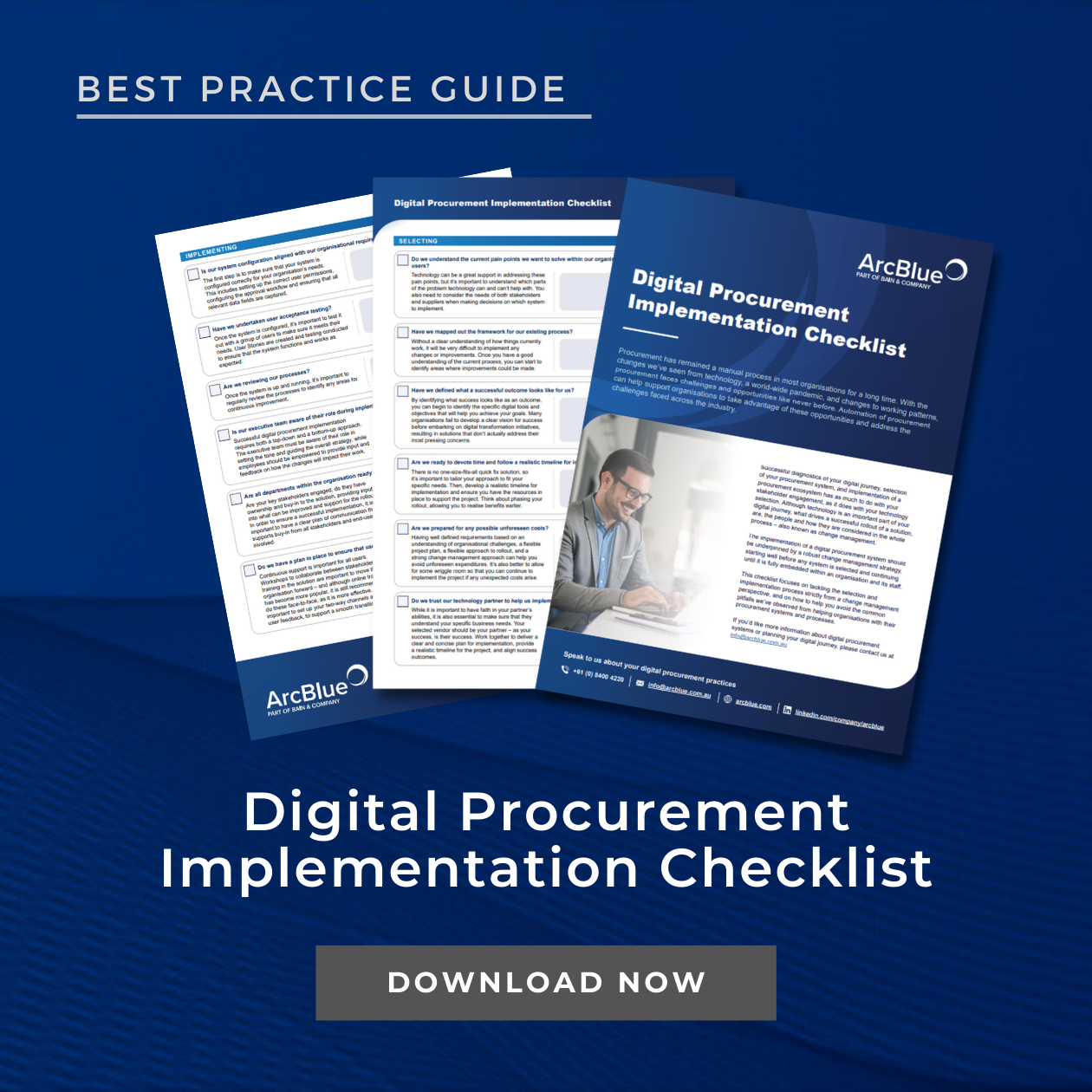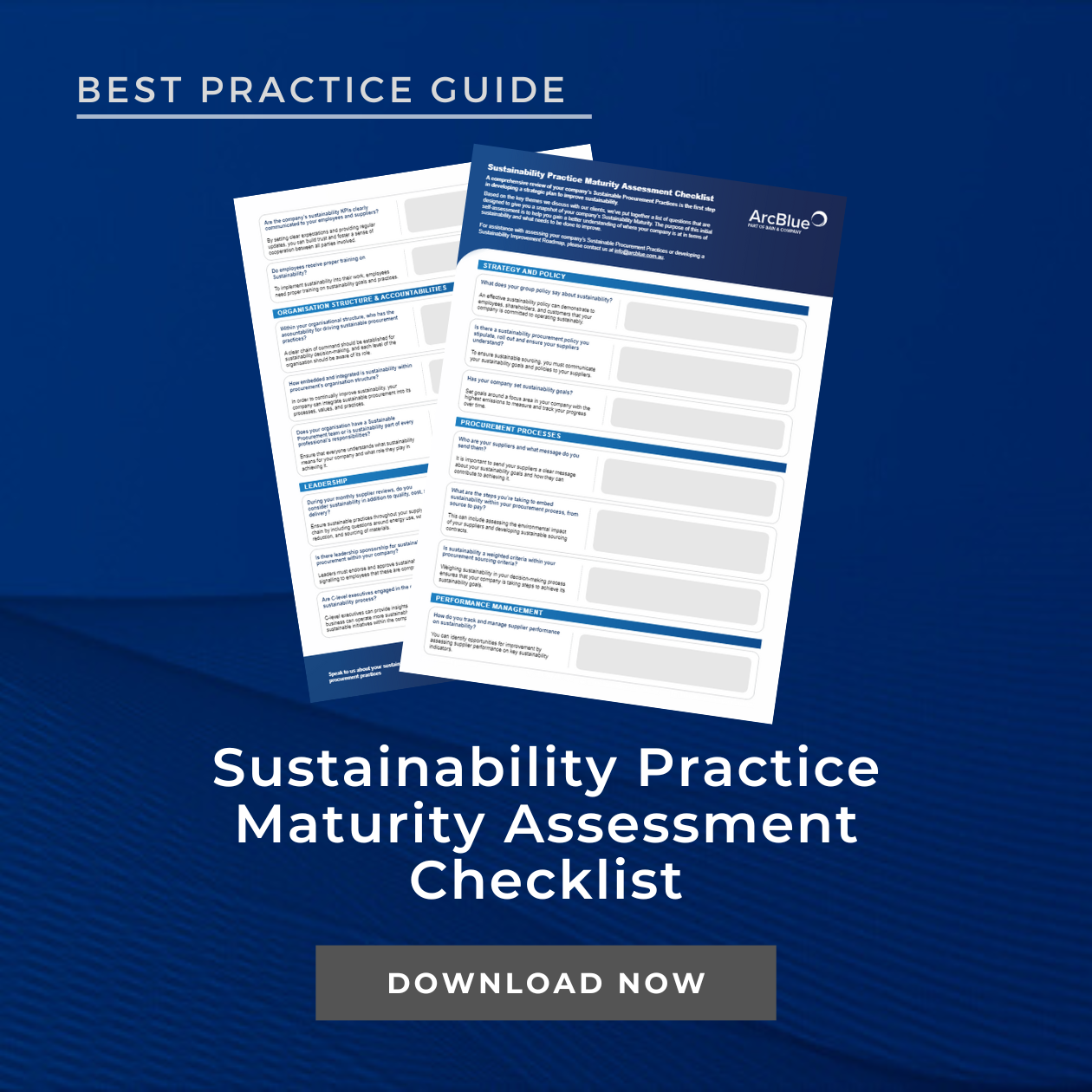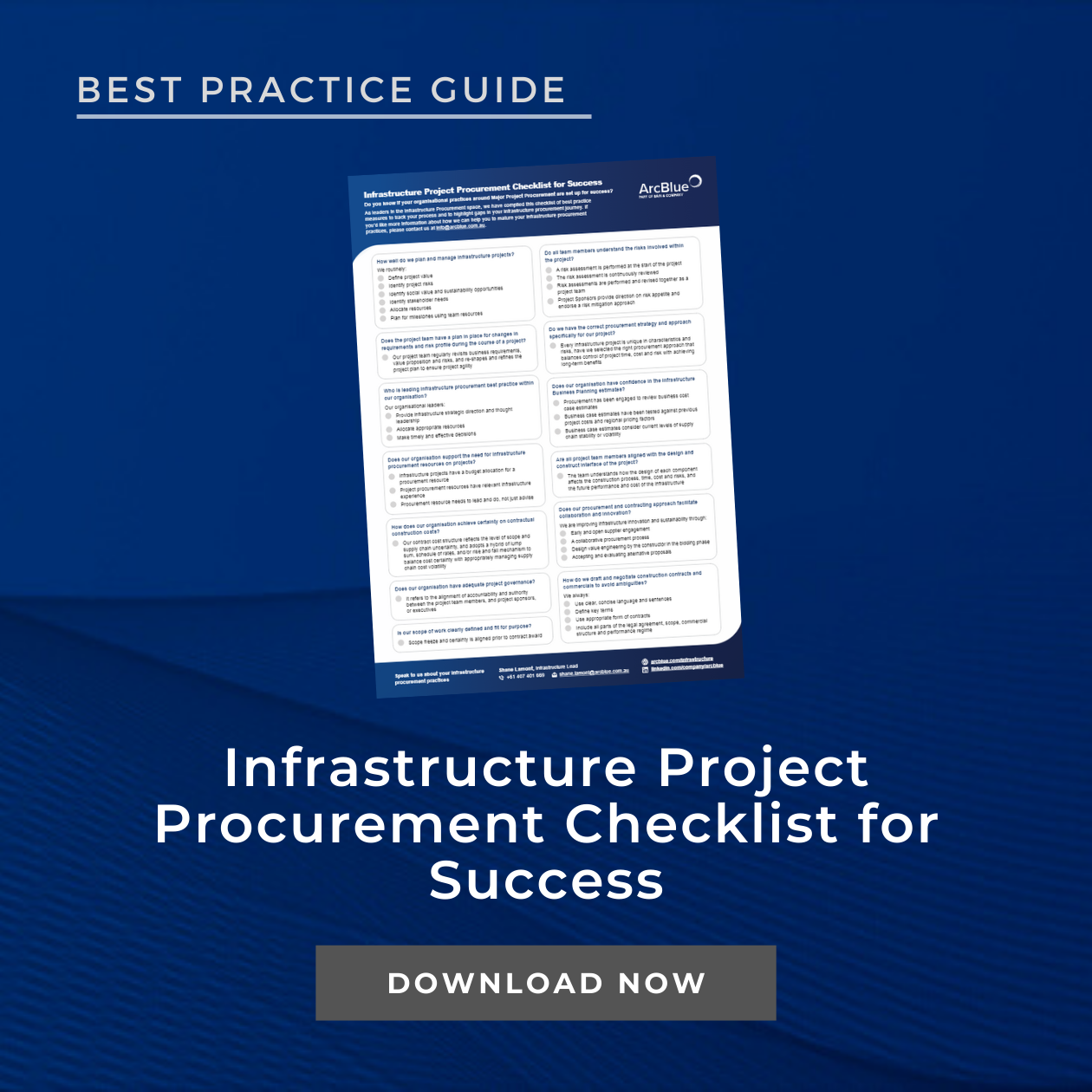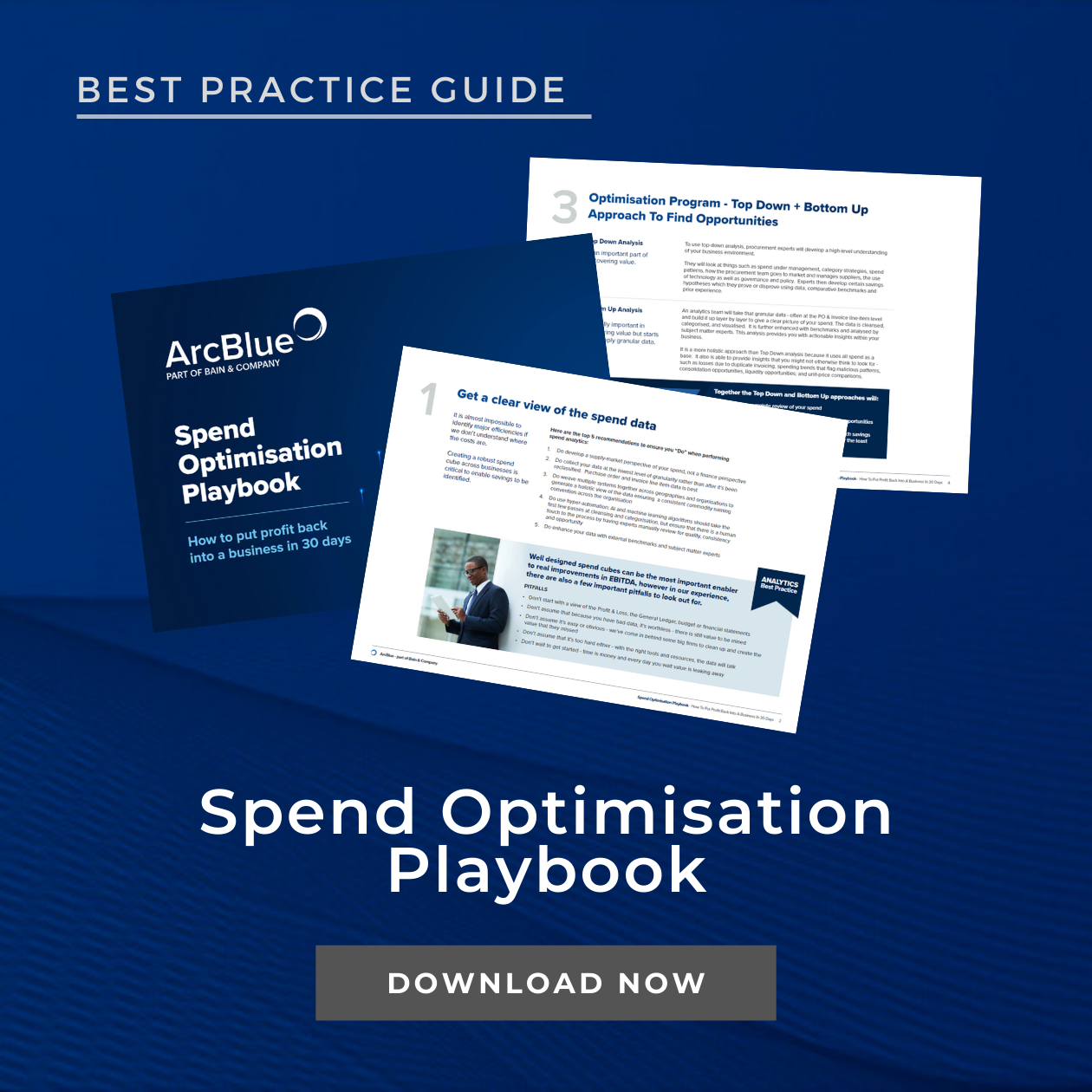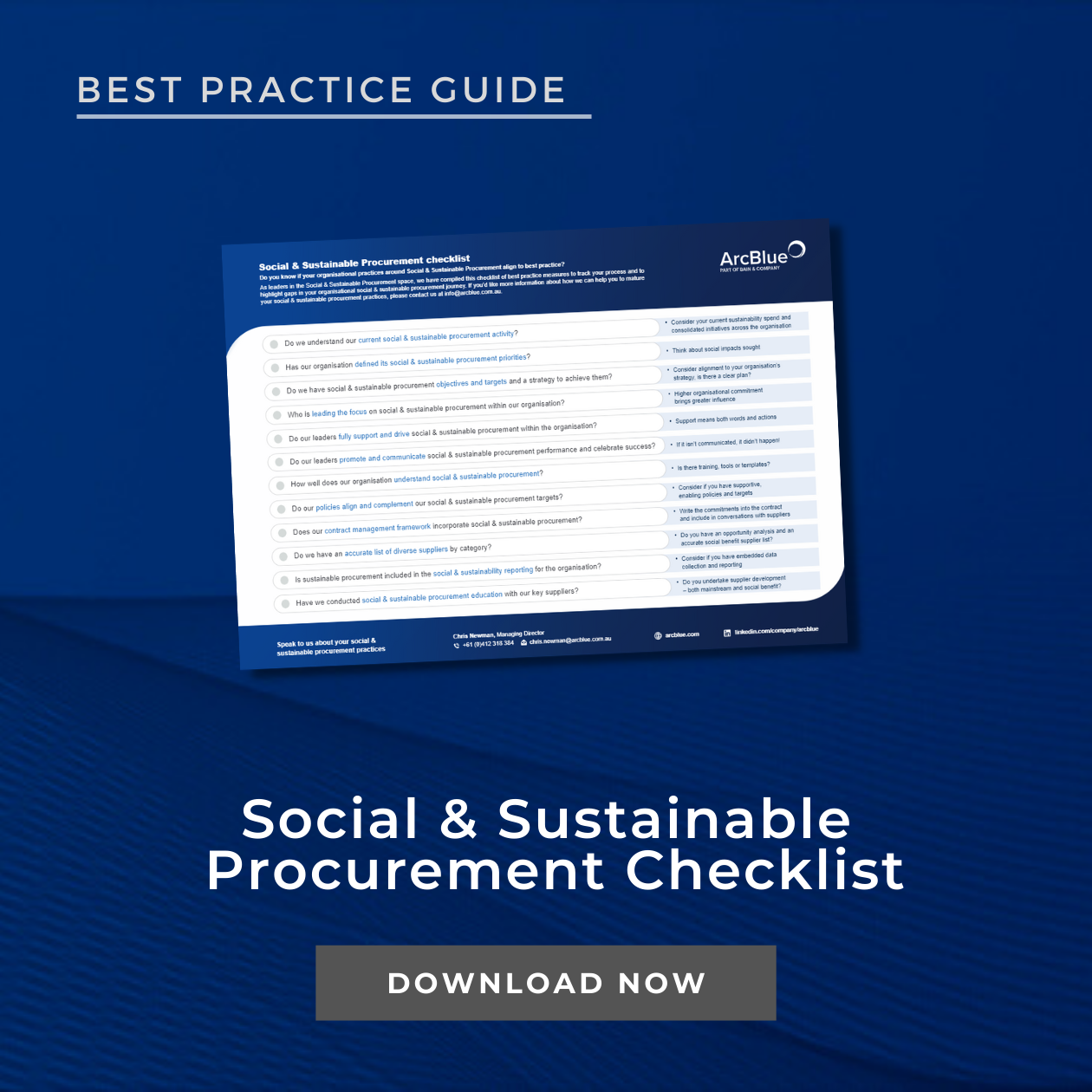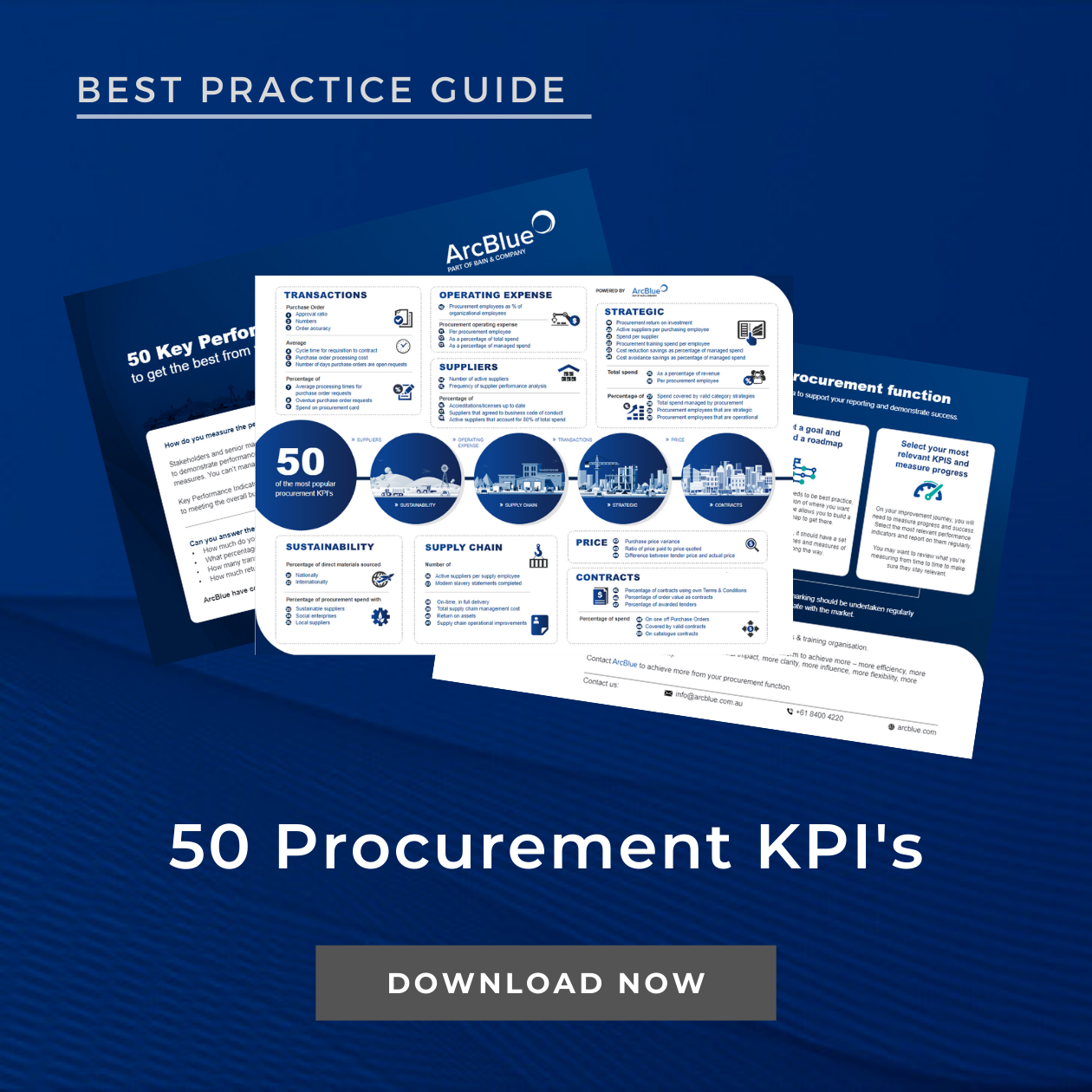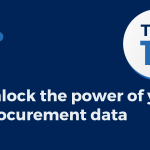- TOP 10 LIST
TOP 10:
Questions to Ask When Developing A
Category Strategy
September 2019
We see many examples of category strategies through our work and too often are faced with ‘analysis paralysis’ – lots of detail, but no strategy.
Here are our Top 10 questions to ask to ensure your category strategy is robust, thorough and is positioned for success.
1 How does this category strategy link with our business strategy?
The starting point of the strategy – what does the business strategy say and how does it fit into the broader organisational direction? If we can give the organisational context when pitching the strategy to senior executives, then we are much more likely to have their attention! ArcBlue’s Supply Positioning model is a great way to link the Category Strategy to align with the direction of the business.
2 Have we defined the category appropriately?
Before we go off and develop the strategy, we should first work out the scope of the Category. This can be a critical decision – if the scope is too broad, we might have overlaps with other Categories. If it is too narrow, we might be limiting our options in the market as other suppliers may be able to provide broader solutions that we might miss out on. The trick is to create a simple but well-thought-through logic tree that your organisation is fully bought into, which defines how our categories fit together.
3 How much do we spend on the category?
A clear understanding of the Category spend is critical to establish a robust baseline. The creation of a cleansed spend cube allows the Category team to analyse and visualise data and be confident with what is presented. Presenting assertions based on ‘dodgy data’ can quickly undermine our strategy.
4 What is the transactional profile?
Even though we are trying to be strategic, we shouldn’t forget about how low-value transactions can impact the buying efficiency of the Category. There are lots of simple solutions to help manage transactional efficiency and reduce the ‘noise’ in the organisation. This should form part of the strategic direction.
5 What is the real business need?
The Business Need – the fundamental tenet of procurement. If we haven’t spent time with our stakeholders to understand the real business need (as opposed to their wants), then we are losing value from day 1. Spend time to understand the stakeholders’ business and ask questions!
6 What is the suppliers’ strategy to us?
We might use Supply Positioning to help communicate our strategy but too often we forget about the suppliers’ strategy. Put yourself in the shoes of the suppliers and see how they position your organisation. You might be surprised and could help you increase your attractiveness as a buyer.
7 Who are our stakeholders and are they engaged?
A clear understanding of the stakeholder groups that have an impact on the Category is critical to the success of the strategy. Have we thought through the key players and what they see as a successful outcome? What language should we use to resonate well with the user groups? The time spent on communications planning and change management will pay dividends when we move to implementation. Our advice – keep it simple – you don’t need to present everything you know – just the things that are relevant to each stakeholder group. Having an elevator pitch for your busy stakeholders can also be really powerful.
8 What is the market doing now – and in the future?
As procurement professionals, we really need to understand the supply market. We should be careful to do our own research and find out what is happening out there – including trends, technologies, dynamics, M&A activity and understanding what our competitors are up to. A deep understanding of the supply market should help us develop our strategy – otherwise aren’t we shooting in the dark?
9 What sustainable and social benefits can we deliver?
Increasingly our clients are looking to get the best value as well as delivering great social and sustainable outcomes. It’s a passion of ours too and we are proud of the results we have helped our clients achieve.
10 How can we measure the benefits we have released?
It is one thing to have a great-looking strategy, it is another to actually deliver the benefits that we promised – make sure the strategy includes a high-level execution activity plan and Category governance section to help deliver what we said and keep everyone on board.
Do you agree? What other tips would you add to our Top 10 to help organisations position category strategies for success?
At ArcBlue, we are passionate about delivering value through a strategic approach to procurement – and category management is central to this philosophy. Taking a holistic, cross-organisational approach to managing a category of spend can often be the key to taking step change in delivering value.
Speak to us about the ArcBlue CATalyst Program – an agile method designed for procurement teams to facilitate stakeholders through the development of robust supply solutions and category strategies.
INSIGHTS
RESOURCES & DOWNLOADS






